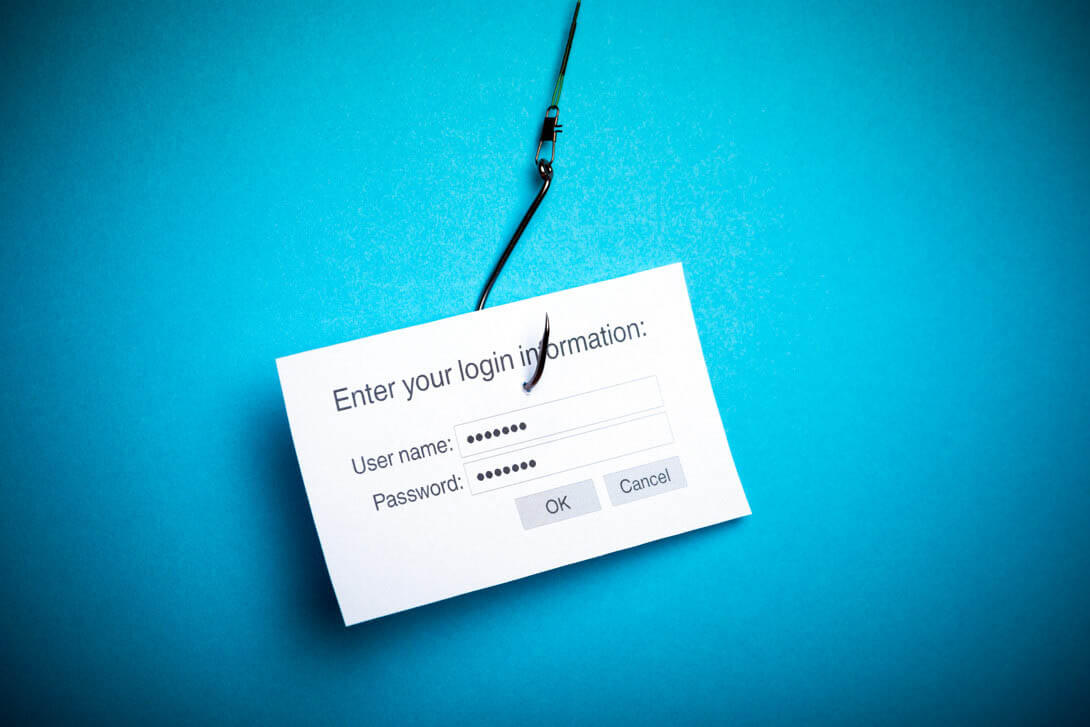Email technology suffers from a bum rap. It is being handled as a cumbersome emailing program, which was originated to work on a machine that came before services, and now has been rumored as dead. But, this rumor is completely wrong! In today’s date, this particular program is used in an extensive manner wherever communication is essential to carry normal business activities. The ‘open’ nature of this program makes it useful but, also insecure. In order to use the email system in a secure manner, now it is an essential need to adopt the best security practices for mailing environment platform protection. These preventive measures make core emails indispensable even when they have openness nature. We don’t know that whether you’ll believe it or not but, it is true that ‘Now also (in the year 2019) internet criminals find it easy to perform phishing attacks via the email communication system.’ Targeted individuals are forced by deception and manipulation strategies, resulting in compromised accounts and loss of data and money. Phishing attacks have now become a sort of moneymaking business for fraudsters. This leads to arising in need to adopt best security practices for awareness and protection even more than ever before.
Phishing Attacks – Topmost Email Attack
Aimed phishing attacks are not just about fake email support or password reset messages but, it includes complicated social engineering tactics to earn money or fetch information from targeted machines. Its a latest con that experiences no limits offers an open gate, and has a less secured entry barrier for millions of potential checks increasing the businesses ranks globally.
According to the FBI’s Internet Crime Report 2017, it has been observed that BEC (Business Email Compromise) attack, which is a form of targeted phishing proposed to defraud organization, costs an average target over $43,000. In the month of May 2018, FBI updates its strength, giving the statement that – Over the last 5 years, the attack has cost enterprises more than $12 billion. Therefore, it is important for end users and enterprises to have concern with the fact that more cybercrimes are originating daily and these may result in data breaches at any time. The consequences of Cyber attacks result in a way that cannot be imagined by anybody. Beyond the clear challenges presented by compromised numbers of credit card and social security, the existing information could be accessed to gather more data and then, get easy entry into the potential targets with social proof strategies. These knock-on consequences of information exposure incidents that give call for a rapid remedy action and active the responsible staff at that particular time period.
Let’s Have A Closer Look On Email Security Threats
Following listed are some latest email security threats that are outlined in the report of X-Force :
- Business Email Compromise – Nowadays popular cloud service vendors are providing free of cost service of multi-factor authentication to their customers. Microsoft Office 365, Google cloud platform, Amazon web service, etc., are rendering MFA option to their clients without paying extra cost for the same. This means that it is the responsibility of cloud users to activate the MFA authentication measure in their online account. It will safe people from Cybercrimes that are caused due to unauthorized account access.
- Plan for Regular Updates – A malicious web link in an email message directs receiver towards the website where his or her tenant email id and password will be harvested. The particular receiver assumes that he or she is working on a secure internet site and are generally giving response to the information required on malicious website. But, here, in this case, the reality is completely opposite to what the receiver is assuming! This trustworthy mindset of people allow intruders to gain their desired information and hence, perform actual threat to harm the company.
Best Security Practices to be Safe From Phishing
Solutions are many, only thing is that enterprises have to adopt them. Until and unless you are just reading the post but, not implementing security standards, then, reading this blog is completely a time wastage. Therefore, we strongly recommend our readers to begin with implementation and execution of these best security practices just after reading and thoroughly understanding them.
- Make Use of MFA Method – BEC attacks has grown in these recent years. Also called as whaling, this cloud security threat comprises of a hacker who impersonate as a high-level official and tries to influence an employee or client to release information money transactions or sensitive information. For example – Sometimes a fraud call comes on phone in which the caller pretends to be a bank executive and tries to convince customers to give their credit card information.
- Malicious Links or Attachments – Vital vulnerabilities like Heartbleed and Shellshock always search for the heart of internet-connected components to perform attack. Therefore, it is important to plan software updates either on a weekly basis or daily basis. It would be okay if you go for a weekly basis but, it would be more effective and excellent to update on daily basis. We assume that at least one hour in a day can be taken out to check and update security applications with their latest version, used in your premises.
Give Headache to A CASB Solution Vendor
CASB solution vendors are the one who serves their customers with cloud security as a service. Their business growth is dependent upon the level of best security practices and services they provide to their organizational clients for safeguarding confidential records. One such known vendor is CloudCodes! It offers comprehensive best security practices that are needed to protect customers’ business from phishing, ransomware, Heartbleed vulnerabilities, etc. Also, the CloudCodes team give assurance to its enterprises’ clients that data will be remain secured, even if they begin use of BYOD technology in their premises.

